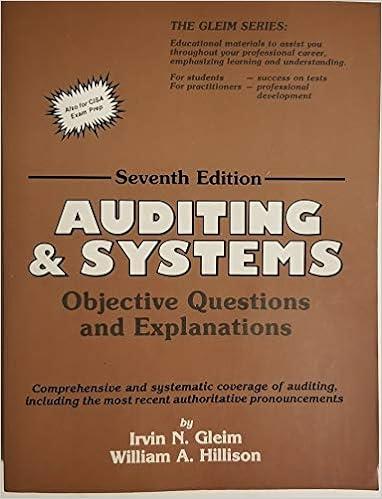





constant increasing decreasing FIFO LIFO average cost Requirement 1. Without resorting to calculations, determine which inventory method will result in Monitor Industries, Inc., paying the lowest income taxes. In times of inventory prices, as is the case here, the V method will result in Monitor Industries, Inc., paying the lowest income taxes. Requirement 2. Prepare a perpetual inventory record using FIFO. Start by entering the beginning inventory balances. Enter the transactions in chronological order, calculating new inventory on hand balances after each transaction. Once all of the transactions have been entered into the perpetual record, calculate the quantity and total cost of inventory purchased, sold, and on hand at the end of the period. (For cost of goods sold, enter the first layer out under FIFO costing first. For inventory on hand, enter the oldest inventory layer first.) Purchases Unit Total Cost of goods sold Unit Total Qty Cost Cost Inventory on hand Unit Total Qty Cost Cost Date Qty Cost Cost Qty Mar Mar 41 Mar 12 Mar 22 Mar 31 Total Requirement 3. Prepare a perpetual inventory record using LIFO. Start by entering the opening inventory balance. Enter the transactions in chronological order, calculating new inventory on hand balances after each transaction. Once all of the transactions have been entered into the perpetual record, calculate the quantity and total cost of inventory purchased, sold, and on hand at the end of the period. (For cost of goods sold, enter the first layer out under LIFO costing first. For inventory on hand, enter the oldest inventory layer first.) Purchases Cost of goods sold Inventory on hand Unit Total Unit Total Unit Total Date Qty Cost Cost Qty Cost Cost Qty Cost Cost Mar 1 Mar 4 Mar 12 Mar 22 Mar 31 Total Requirement 4. Prepare a perpetual inventory record using average cost. Round average cost per unit to the nearest cent and all other amounts to the nearest dollar. Start by entering the opening inventory balance. Enter the transactions in chronological order, calculating new inventory on hand balances after each transaction. Once all of the transactions have been entered into the perpetual record, calculate the quantity and total cost of inventory purchased, sold, and on hand at the end of the period. (Round average cost per unit to the nearest cent and all other amounts to the nearest dollar.) Purchases Cost of goods sold Inventory on hand Unit Total Unit Total Unit Total Date Qty Cost Cost Qty Cost Cost Qty Cost Cost Mar 1 Mar 4 Mar 12 Mar 22 Mar 31 Total Date Item Quantity Unit Cost Mar 1 Balance 20$ 75 4 Purchase 70$ 79 12 Sale 75 22 Purchase 48/$ 82 31 Sale 40












